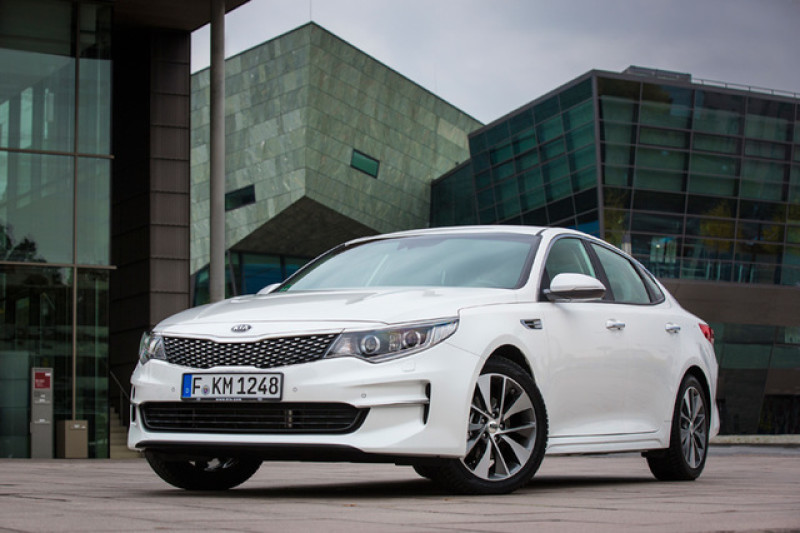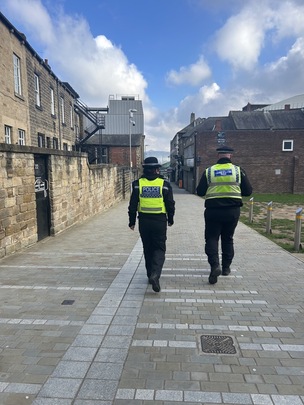ONCE upon a time - only around five years ago in fact - the mere mention of Kia had the potential to cause distress to anyone who didn't have a penchant for the scratchiest plastics known to man.
At the Barnsley Chronicle, reporters are given the arduous task of travelling to and from jobs in a truly awful Kia Rio from 2010 - the golden era of the South Korean firm's stinginess.
Wafer thin carpets, the world's most uninspiring dashboard, manually-operated windows and plastics that wouldn't look out of place on a 1993 Lada Samara swath every surface, each vying for one's derision.
I've owned and loved several French hot hatches so I'm quite an expert in poor interiors but I can now safely say that Kia is a very different proposition to what it once was. You've just got to doff your cap to them.
Hard-to-shake connotations have a nasty habit of ruining a manufacturer's credibility, but Kia deserves no end of credit for not just revitalising its once-tainted image but for completely transforming how it's perceived.
They've worked magic throughout their range. Whether it's the entry-level Picanto or the range-topping Sorento, each model has been given a thorough going over during the last two years.
This car, the striking, almost futuristic-looking Optima, is Kia's answer to proven rivals such as the Ford Mondeo and Volkswagen Passat. Make no mistake, the car's gunning directly for these and as it's priced from £21,495 to £28,895, spec-for-spec it undercuts its established, ten-a-penny rivals.
Handsome, isn't it? Kia's styling department's getting everything right in my eyes at the minute. Up front, there's a distinctive nose with the trademark grille design and ice cube-style LED running lights, while a sweeping roofline features an opulent silver trim that gives it an almost coupe-like profile.
Don't think it's just a pretty face, though, because there's real substance underneath the style.
It's its interior that really feels special. There's a seven-inch infotainment system which houses its multimedia, satellite navigation and reversing camera systems, while piano black trim and expensive-feeling materials adorn every surface.
It's up to Volkswagen's standards, no doubt about it. Heated front seats, which are also electrically operated, are particularly great as you can tailor your perfect driving position.
It's brimming with tech, too. Love it or loathe it, lane-keeping assistance is on hand to keep you on the straight and narrow, there's automatic emergency braking and blind spot monitoring which is most definitely a handy companion. I'm not a fan of lane-keep at all, but thankfully this can be switched off at the push of a button. Left alone, it'll irritate you constantly by beeping a warning every single time you pass a parked car.
One engine - a 1.7-litre diesel - is available and it feels far more potent than its 139bhp figure would initially suggest. You'd think its modest power would be overwhelmed by the Optima's size, but Kia's been very clever with how they've mapped its torque delivery. As there's a massive 251lb ft available at just 1,750rpm, that means there's always more than enough grunt on tap. It's effortless when you're on the motorway.
Available as either a six-speed manual or a seven-speed semi-automatic, our test car had the latter fitted and it's an absolute peach to use. Leave it to its own devices and it shifts through its speeds smoothly, but I found myself taking control and using its paddles more often than not.
I was amazed by just how fast its changes were. Pull the right-hand paddle to select a higher gear and it slots home immediately with no fuss. Ask for a downshift and again it's seamless, jerk-free and has such a nice action to it.
This praise comes from me, an ardent manual gearbox fan who would usually bemoan any form of automatic transmission. It must be good. I was expecting it to be clumsy, slow to react and a bit of a pain but it couldn't be any different.
The positive news only continues, too. The car's body has been stiffened by 50 per cent, Kia says, and that translates into fine handling and feel when you're behind the wheel. The steering's connected, it's weighted just so and you know exactly what's going on beneath. Executive saloons can sometimes feel a tad aloof at speed but there's none of that in the Optima.
Remarkably, its diesel engine even manages to be quiet on long, arduous journeys as well. Having a seven-speed 'box means that at 70mph, it's ticking over at just 1,500rpm. That translates into pretty impressive fuel economy, with 50mpg never far from reality.
One thing families will be bowled over by is its cavernous boot which, at 510 litres, could swallow a few prams and the weekly shop with ease.
I'll be honest: I wasn't expecting to get on with it half as well as I did. I've seen a handful of Optimas on my travels and have always liked how they look - they do stand out from the crowd - but I thought I'd always end up opting for a Passat if I was in the market for a family car. Having spent a few days with Kia's saloon, it's not controversial to say that it's equally as good, if not better.
I was impressed with every single aspect of the Optima and I actually didn't want to hand the keys back. As a comfortable, well-equipped, spacious and luxurious daily car, it really does tick all boxes. Factor in Kia's seven-year, 100,000-mile warranty and things get even more appealing.
Can I have it back, Kia? I miss it dearly.





























